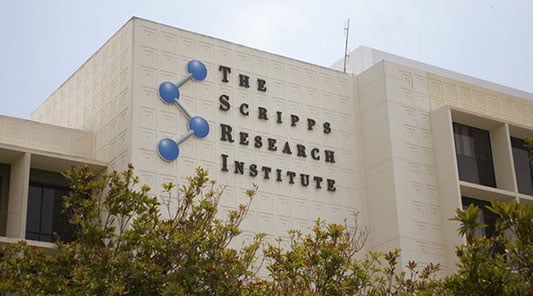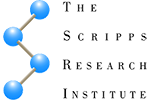The Scripps Research Institute


StorNext provides a single, transparent namespace for the entire scientific archive. Researchers can access data easily, no matter where that data physically resides—on disk or tape.


Advancing Biosciences At The Scripps Research Institute—With Quantum Storage
Researchers at The Scripps Research Institute rely on robust storage for projects that advance bioscience knowledge. To support new research, the IT group needed scalable, high-speed storage for protecting, archiving, and enabling access to growing collections of scientific data.
Requiring a Fast, Scalable HSM Plus a New Backup Solution
The institute’s IT group wanted to replace the hierarchical storage management (HSM) environment previously used to store and archive scientific data. “Our previous HSM solution was robust and stable, but it was very slow,” says Brant Kelley, director of IT services, Scripps Research. “We needed a new, modern storage platform that could deliver the performance users demand.”
The new solution also had to accommodate a large volume of data. “We wanted a storage platform that could support more than 1PB of unique data and present that data in a single, transparent namespace to enable sharing and easy access,” says Kelley.
The institute’s IT group also needed to refresh its Veritas NetBackup solution, which backs up data used in the institute’s general operations as well as desktop computers and some lab-based servers. “We needed robust, reliable solutions that could support that large amount of backup data,” says Kelley.
Adopting StorNext Multi-Tier Storage for a Petascale Archive
For its HSM environment, the institute’s IT group selected a Quantum StorNext multi-tier solution, powered by StorNext data management software. “StorNext provides a single, transparent namespace for the entire scientific archive,” says Kelley. “Researchers can access data easily, no matter where that data physically resides—on disk or tape.”
Using Policy-Driven Tiering to Enable Distinct Workflows and Improve Disaster Recovery
The institute’s IT group uses StorNext policy-driven tiering to define per-group data migration policies for different groups. Policy-driven tiering also helps move data between the primary data center and the local disaster recovery (DR) site, ensuring data remains available and accessible even during a disaster. “If there’s a flood or a building fire, researchers will not lose their data,” says Kelley.
Supporting Heterogeneous Access Across Major Operating Systems
With thousands of users, the IT group must accommodate a broad range of operating systems. “With StorNext, we can support Windows and Mac systems in addition to UNIX and Linux,” says Kelley. “Researchers can make the most of our resources without changing how they work.”
Providing Fast Access to Data
“Researchers always want things to run faster,” says Kelley. The institute’s IT group uses StorNext gateway appliances with 10GbE and capitalizes on the StorNext distributed LAN client (DLC) to give users rapid access to data in the multi-tier environment.
Bolstering Backup with Quantum DXi Deduplication Appliances
The institute’s IT group selected Quantum DXi deduplication appliances along with Quantum Scalar i6000 tape libraries to help refresh the organization’s Veritas NetBackup solution. “With Quantum, we can store three full months of backups—one month on the DXi systems and the other two months on the Scalar tape libraries,” says Kelley.
Gaining the Agility for Growing Data and Changing Requirements
Quantum storage gives the Scripps Research team a flexible platform that can accommodate emerging technologies. And by working with Quantum, the institute’s IT group can refresh its infrastructure and overcome obstacles cost-effectively, without dealing with numerous disparate platforms and vendors. “We’ve been able to address our data protection challenges and build a better scientific data archive, all within the same Quantum ecosystem,” says Kelley.


